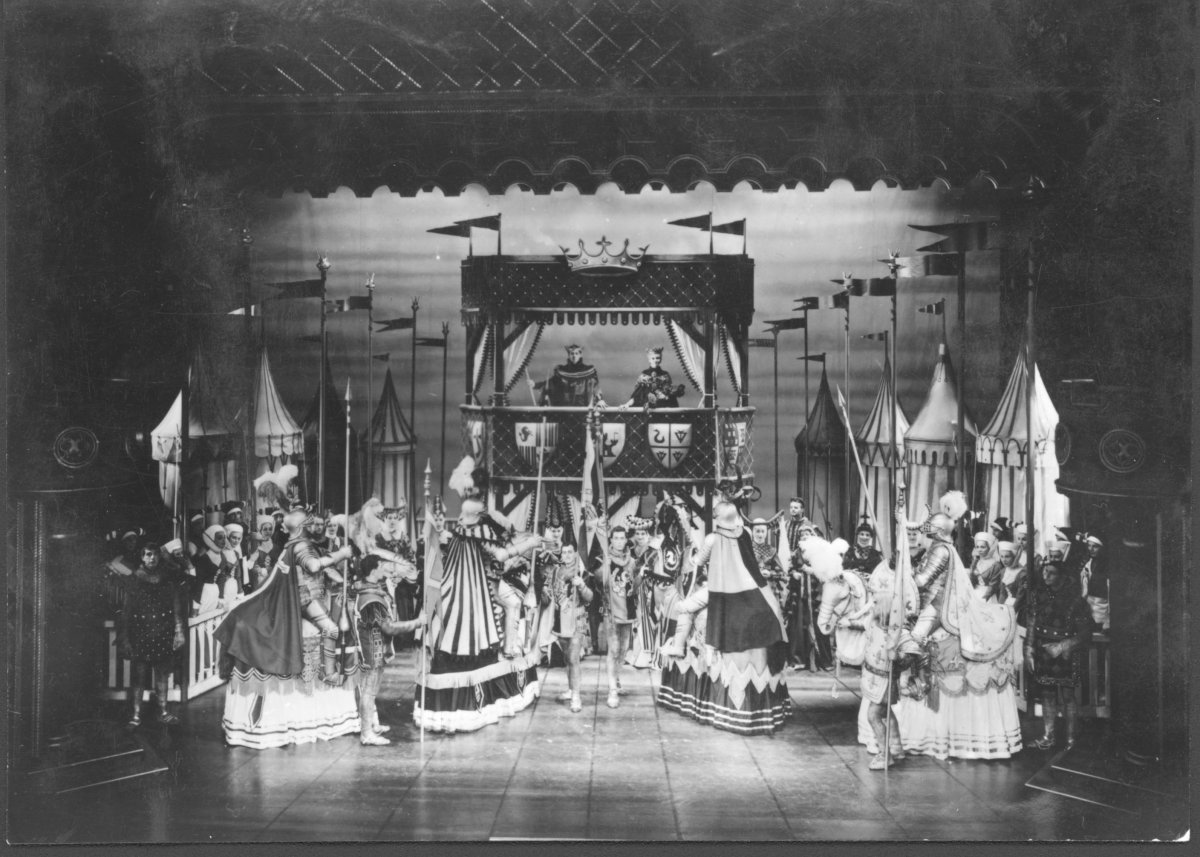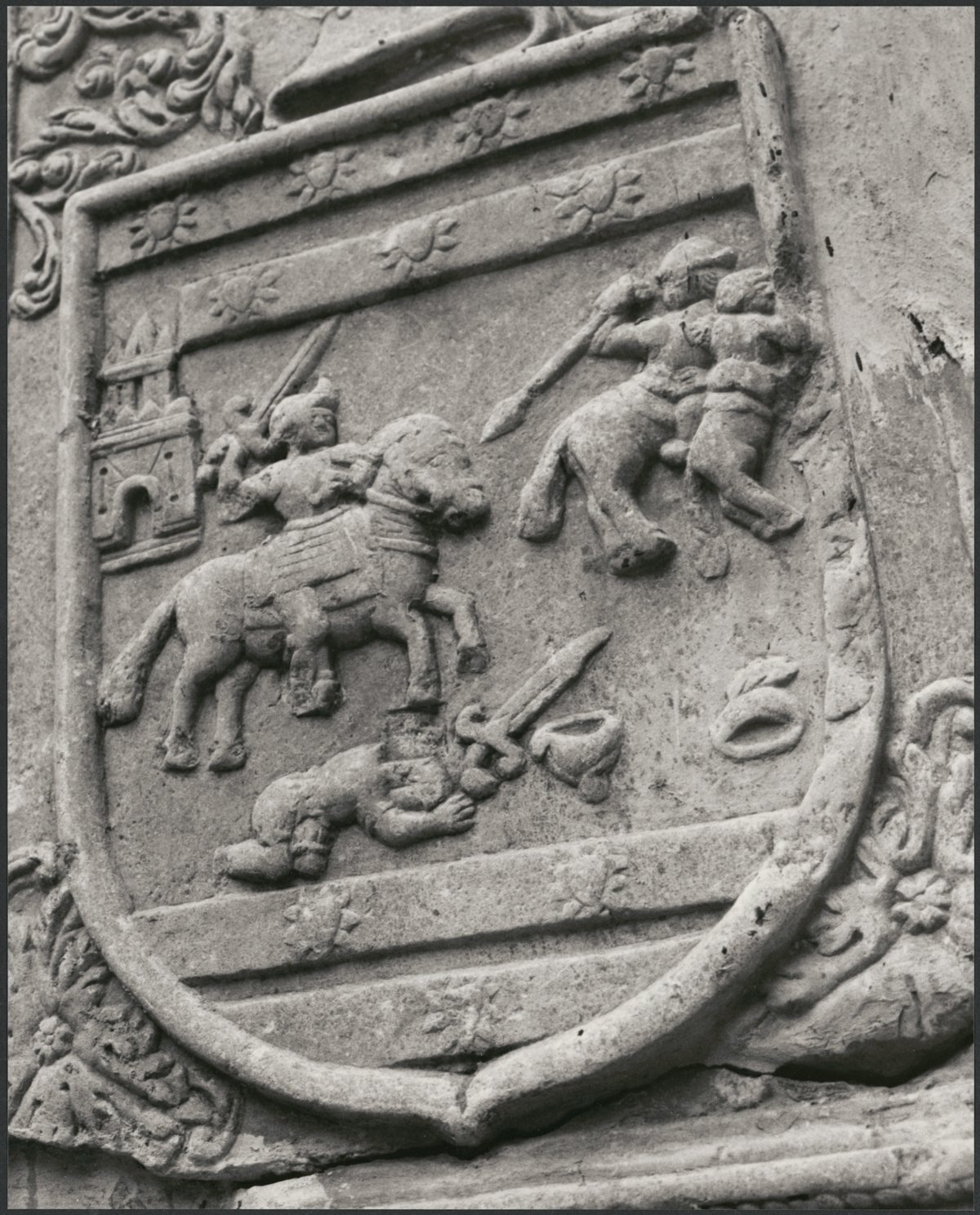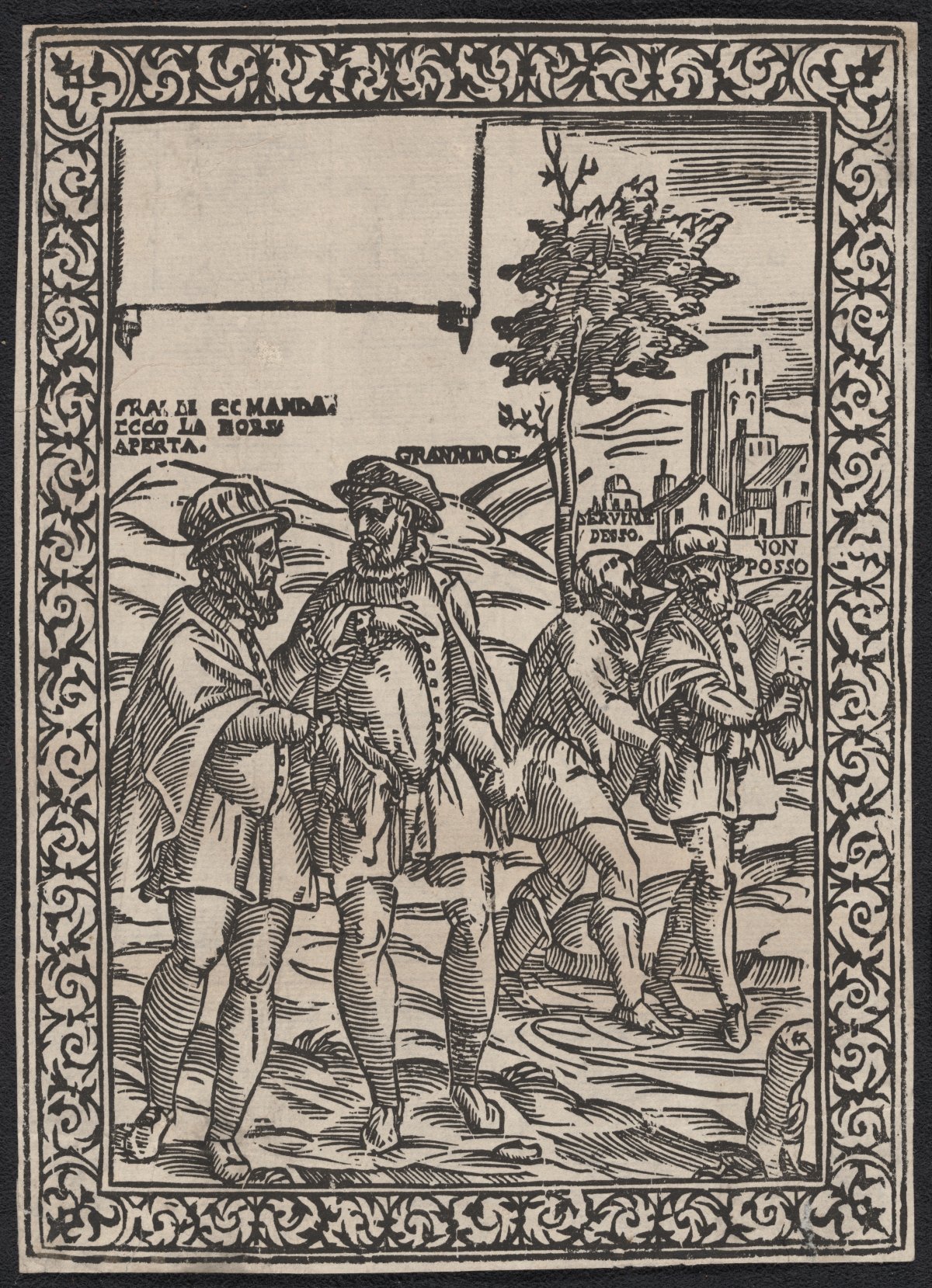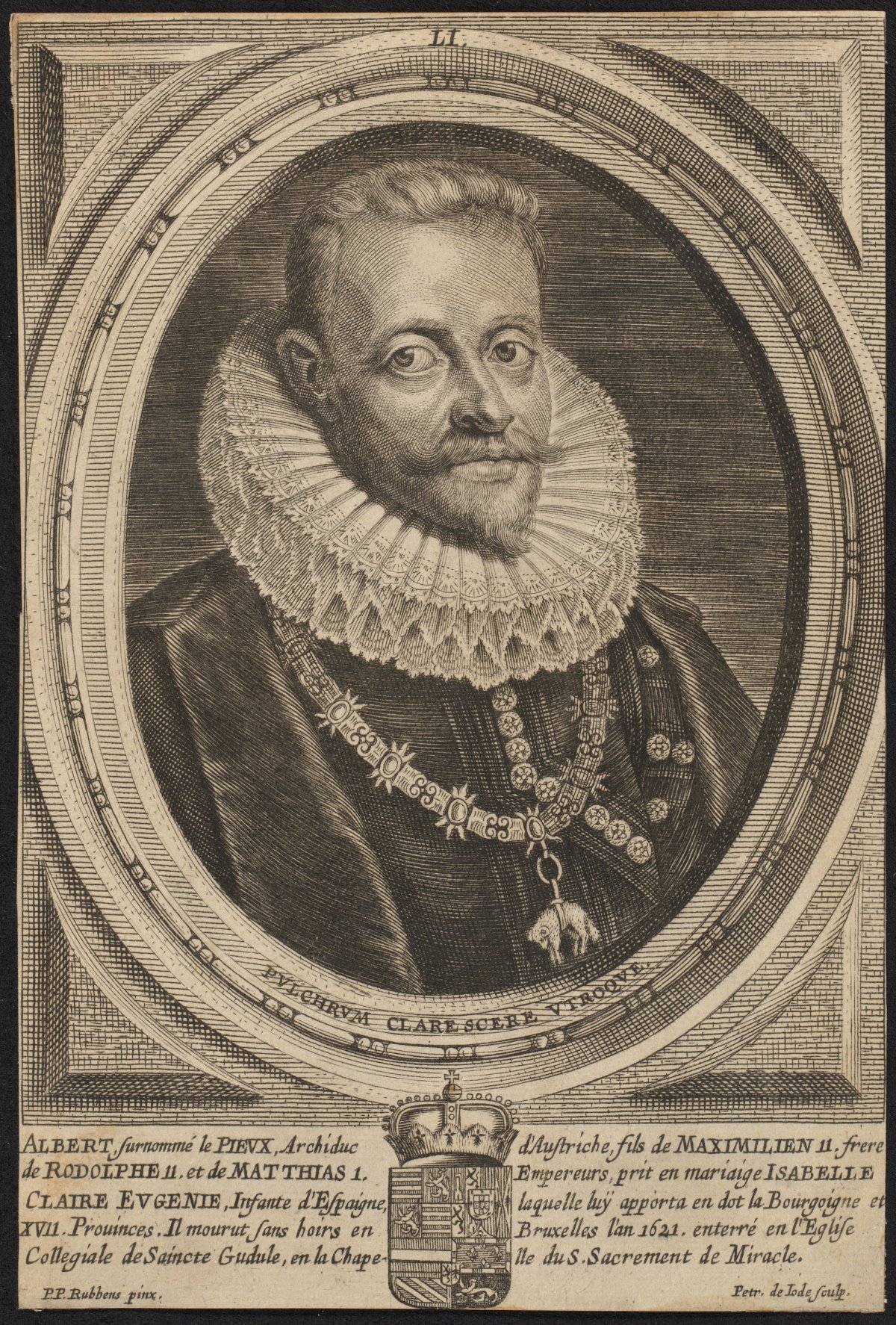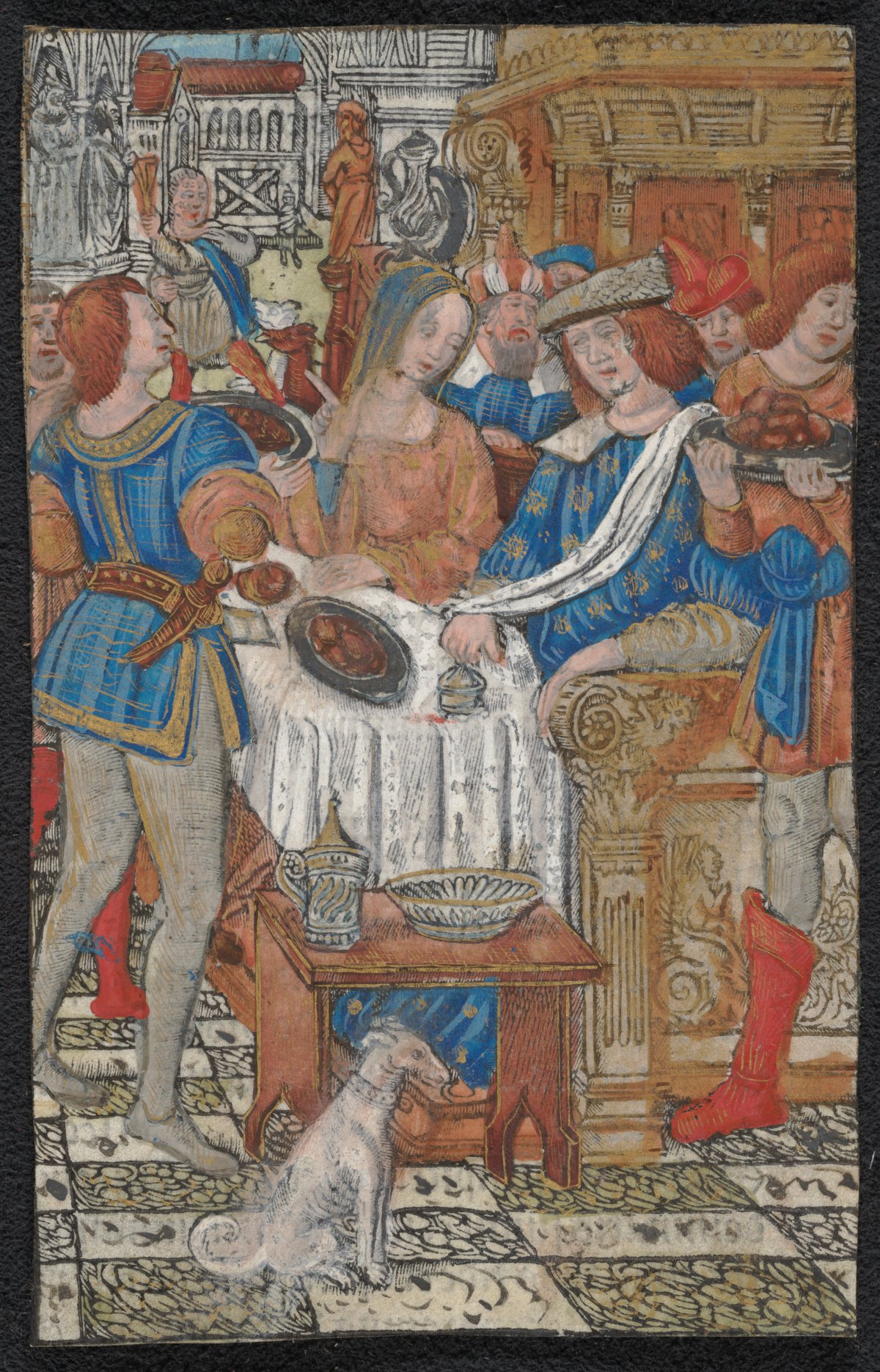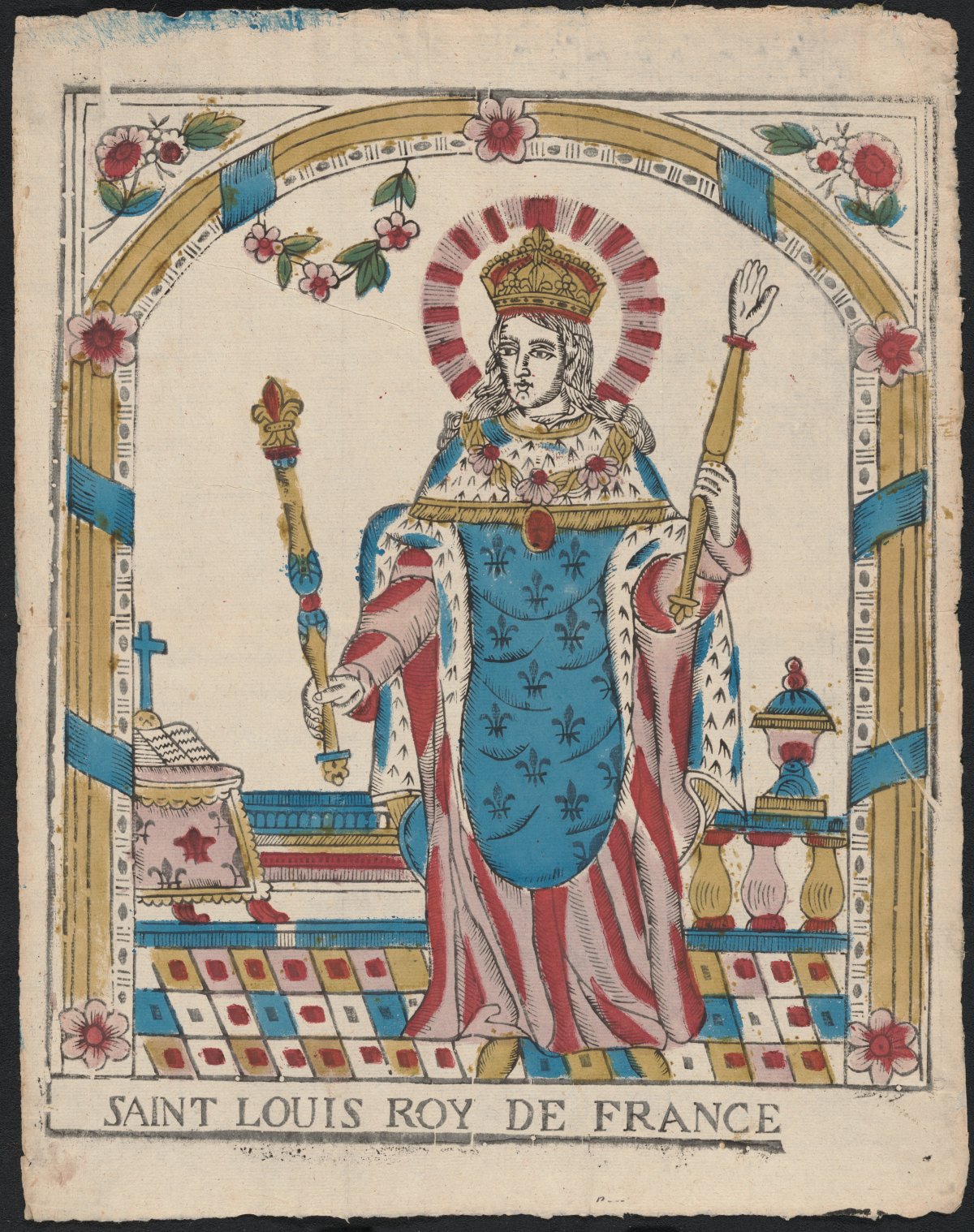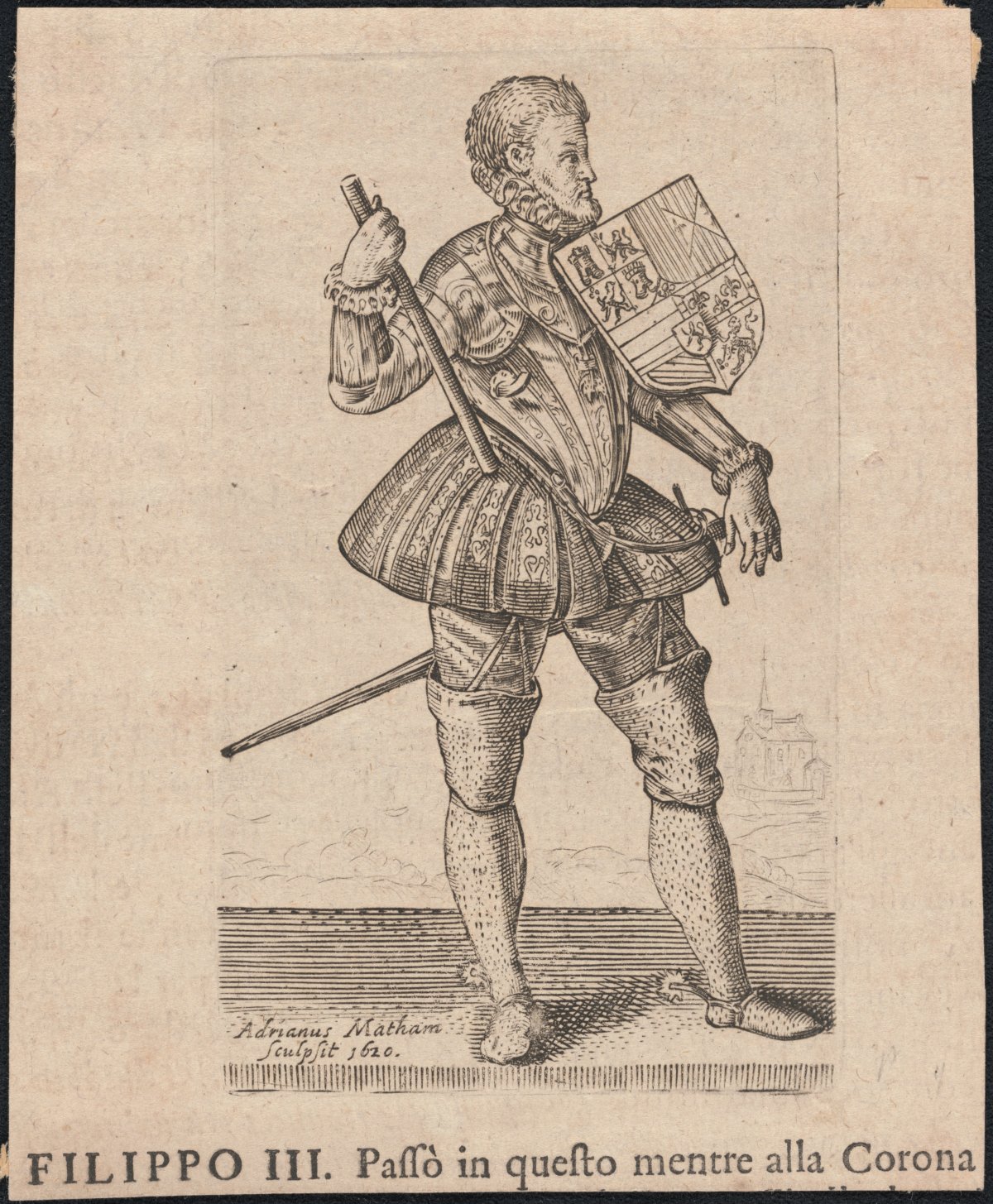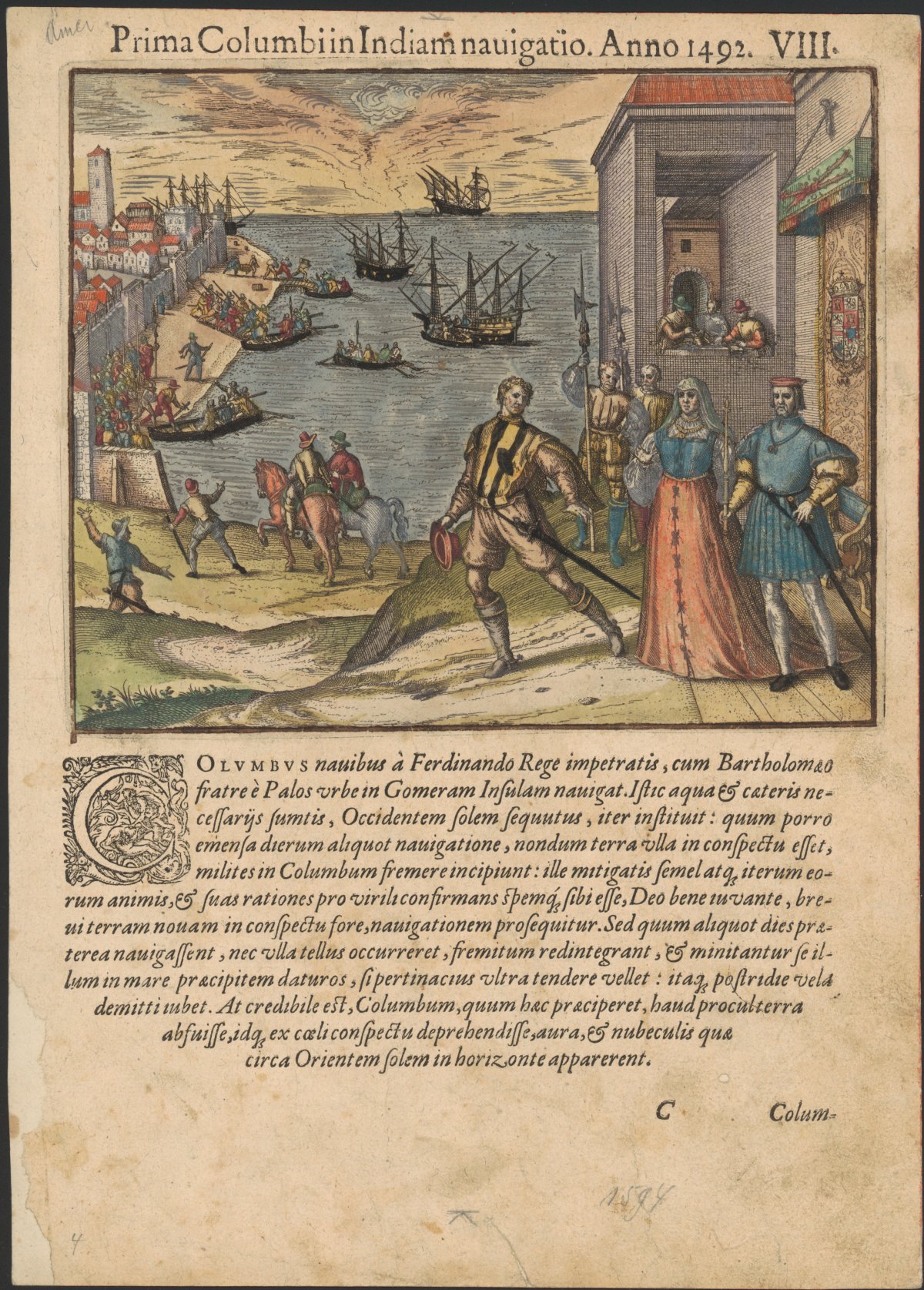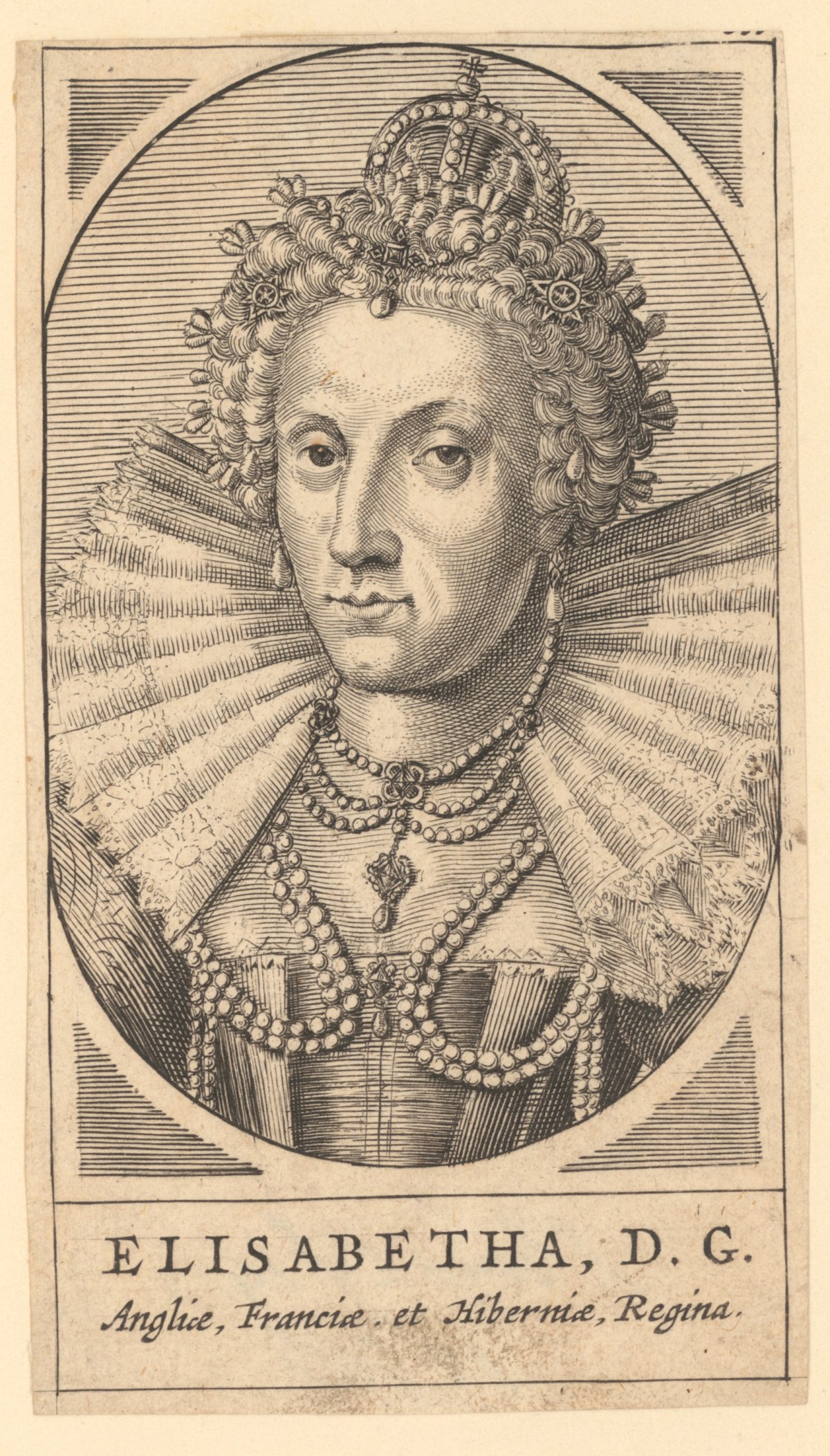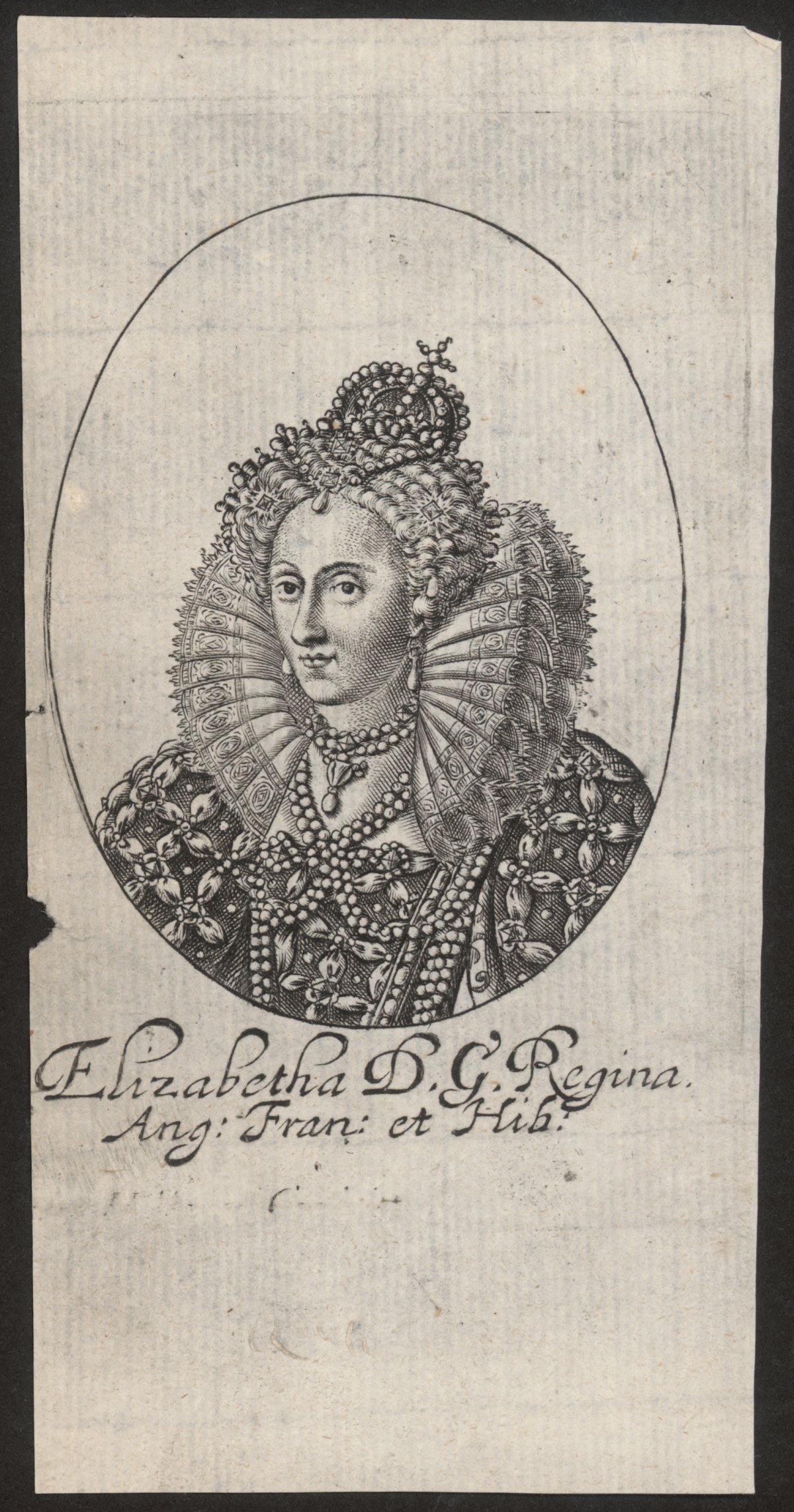This theme supports the following Content Descriptions for History 7-10 – Year 8 : Medieval Europe and the modern world.
- The roles and relationships of different groups in Medieval, Renaissance, or pre-modern Europe
Into darkness?
Following the collapse of the western Roman Empire, Europe entered a period of cultural, political and economic change. The stabilising force of the Roman Empire gave way and new states and rulers stepped in to fill gaps.
Some historians use the term “Dark Ages” to describe this period, as it is believed that society and knowledge declined, as many of the advances and knowledge of the Roman era were forgotten. Other historians acknowledge that a dramatic shift in society and politics did take place, but argue that European societies did continue to develop, though the development was slower. This, it is argued, is due to the kingdoms and states that took the place of Rome not having the workforce or economy to support great public works and projects as the Romans did, and were facing more disruptions from border conflicts and internal instability.
The terms Middle Ages and Medieval era are used interchangeably to describe the period between the fall of the Roman west in 476 CE and the beginning of the Renaissance in Europe around 1400 CE. Middle Ages is a term that has been used for many hundreds of years, but the term Medieval was first documented in the eighteenth century.
Feudal society
At the end of the first millennium CE, Medieval societies in most western European kingdoms were similar in the way they were structured. The population was organised in a pyramid under a system of class structures called the feudal system.
The system was highly regulated with clear rules and expectations for each set of classes or groups of people. Each group was bound to each other in a complex system of exchanges. The system in its simplest form can be arranged as below.
The Peasantry
Peasants were the everyday citizens of Medieval Europe and were made up of a range of people and professions including farmers, fishermen, apprentices and tradespeople. In England most, but not all, peasants were bound in service to an estate, manor or property which was owned or run by a lord or knight. The peasants or serfs worked the land, providing food for the estate, or gathered raw materials that could be worked into household goods or sold at market, with all profits going to the estate. The peasants were also expected to pay rent to their lord. This system of servitude existed in various similar forms in other western European societies during this time.
The Knights
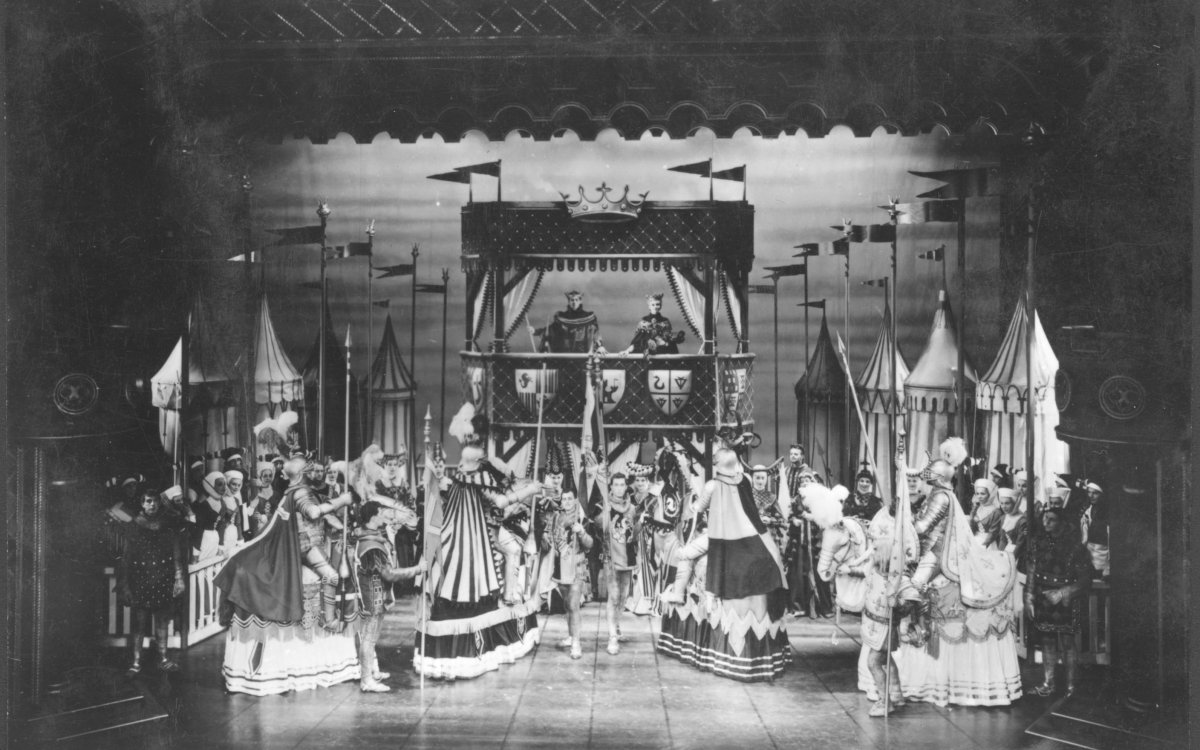
(1963). The Knights are presented to the King and Queen before the tournament in the J.C. Williamson production of Camelot, Act One, Scene 8, 1963 [picture]. http://nla.gov.au/nla.obj-154241142
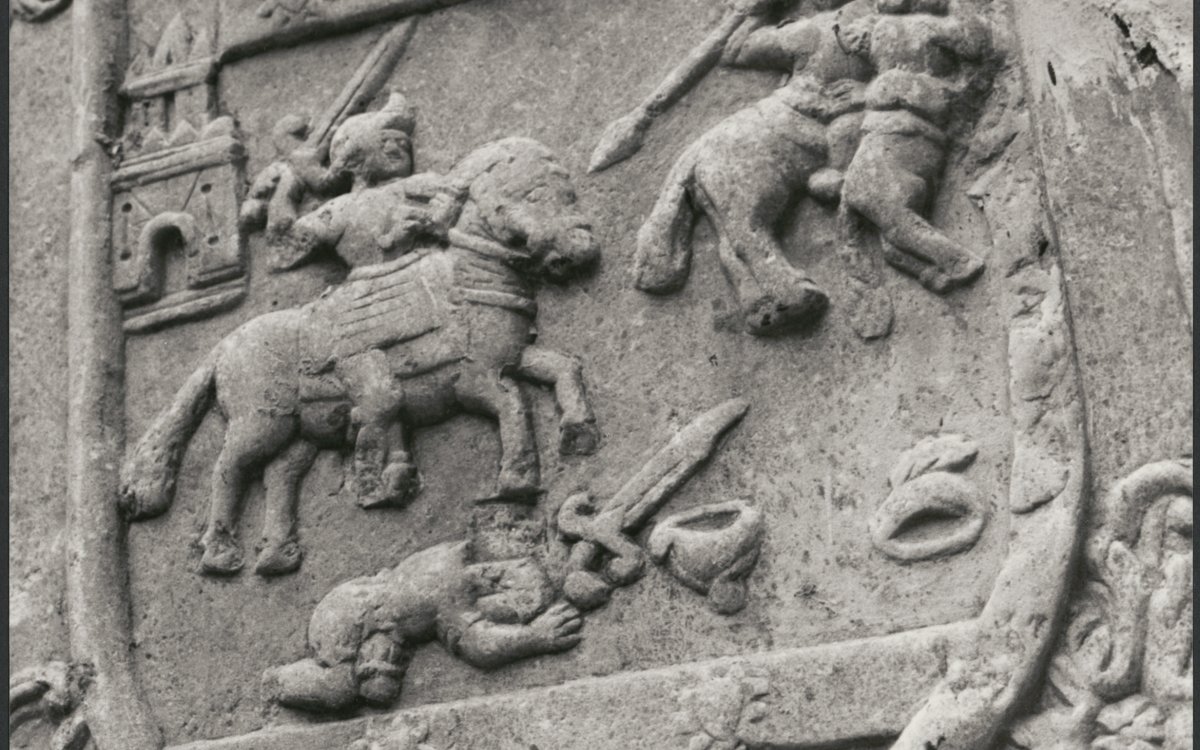
Sievers, Wolfgang, 1913-2007. (1977). Architectural detail on unidentified building, Colombia, 1977, [1] [picture] / Wolfgang Sievers. http://nla.gov.au/nla.obj-161322923
One of the most common images evoking the Medieval period is a knight in shining armour on horseback charging into battle. This enduring image is perpetuated today in film, TV and on stage. While Medieval knights certainly rode into battle when the time and their lord called for it, knights and the military class didn’t spend all their time on the battlefield. When there was general peace in the kingdom, knights assumed the role of estate managers, organising repairs, managing budgets, inspecting the quality of goods and food, and most importantly ensuring all taxes and rent were paid by their peasants.
In return for taxes and unpaid labour, the peasants expected shelter and protection from their estate. Knights and estate managers we were responsible for the wellbeing of their workers, but this didn’t necessarily mean they made life easy for the peasants. It did mean that in the case of disputes or the threat of war, the peasants could be reasonably sure they would be looked after by their lord. It was also in the estates’ best interests to protect their workers; with an injured, captured or decimated workforce the estate could not function and support itself.
Knights could amass huge fortunes from their estates if managed well and, if they were lucky, could retire to a life of relative luxury. However, like the peasants, they were expected to provide service and loyalty to their own noble lords.
The Nobility
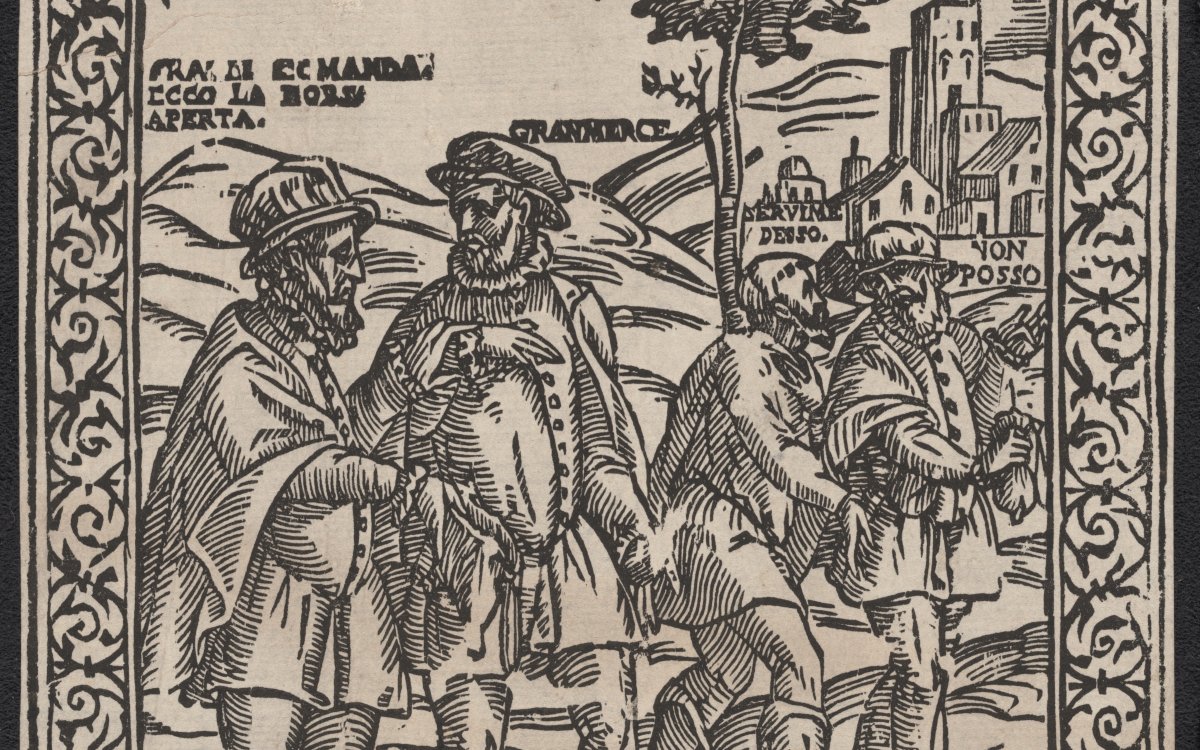
PIC MSR 14/8/2 #PIC/14340/1-51-Early Flemish, German, Italian, Spanish, French woodcuts, http://nla.gov.au/nla.obj-2902124649
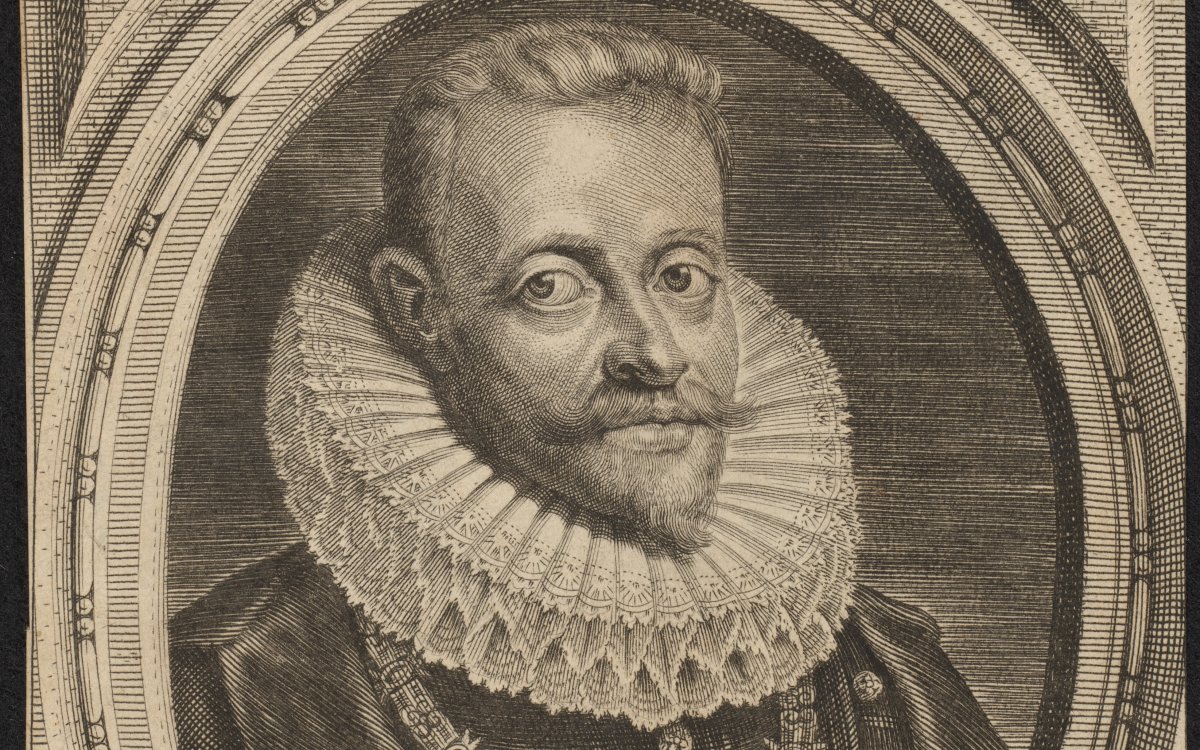
Jode, Peeter de, 1570-1634 & Rubens, Peter Paul, Sir, 1577-1640. (1630). Albert, surnomme le Pieux, Archiduc d'Austriche ... [picture] / P.P. Rubbens [sic] pinx.; Petr. de Iode sculp. http://nla.gov.au/nla.obj-133284466
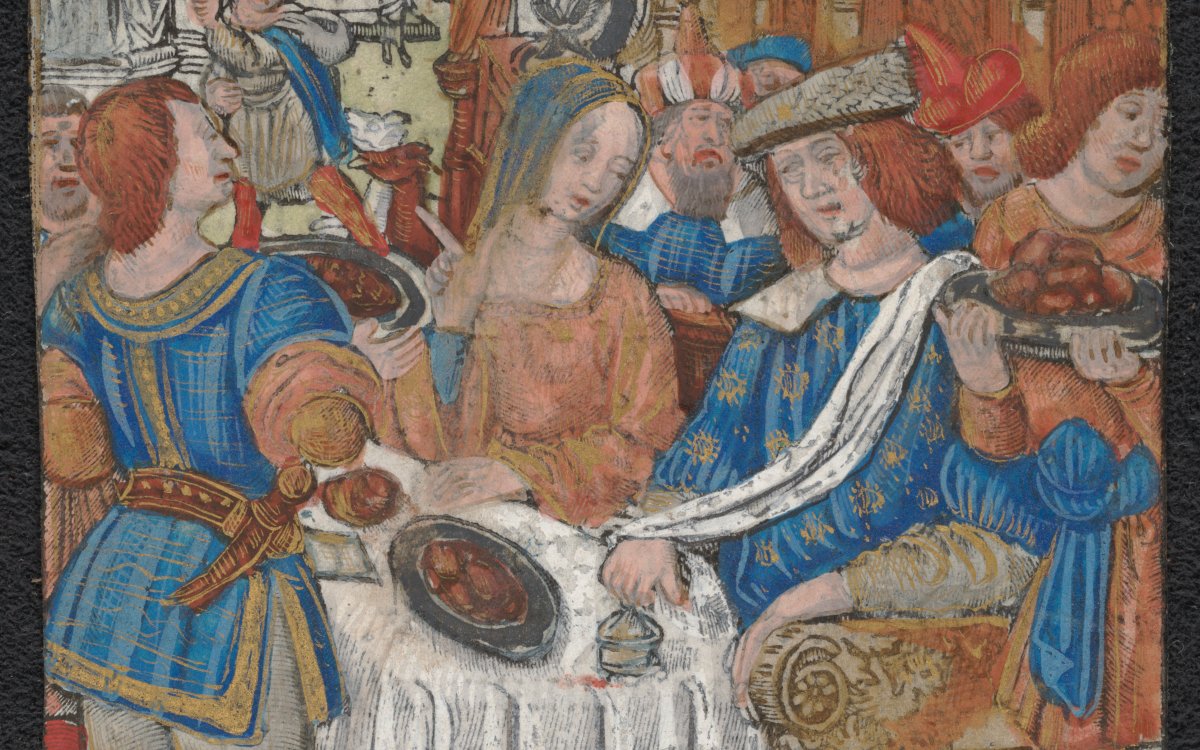
PIC MSR 14/8/2 #PIC/14340/1-51-Early Flemish, German, Italian, Spanish, French woodcuts, http://nla.gov.au/nla.obj-2902124119
At the top tier of society were the nobles. They were members of aristocratic families who, in many cases, had built power and wealth through politics, business and the church across many generations. Members of this class held important jobs in medieval society, including magistrates, members of government and holders of positions in the royal court and the church.
Like the knights, the aristocracy owned land that was farmed by the peasant classes. In some cases, a land-owning lord may have “rented” land to a knight or deputy to manage it, in return for taxes paid on food and profits.
Under the feudal system, knights served in the personal armies of the noble classes. If a lord went to war or required protection, his knights were sworn to protect him and fight for his property and honour. In return, their lord was expected to provide his knights with protection, food, and the opportunity to become wealthy through land grants and estates.
The land-owning aristocracy were a powerful group who held much influence. In England, despite swearing loyalty to the king, the barons controlled large personal armies made up of knights and foot soldiers, and were not afraid to use their power and influence to ensure their status or income were not threatened.
The Monarch
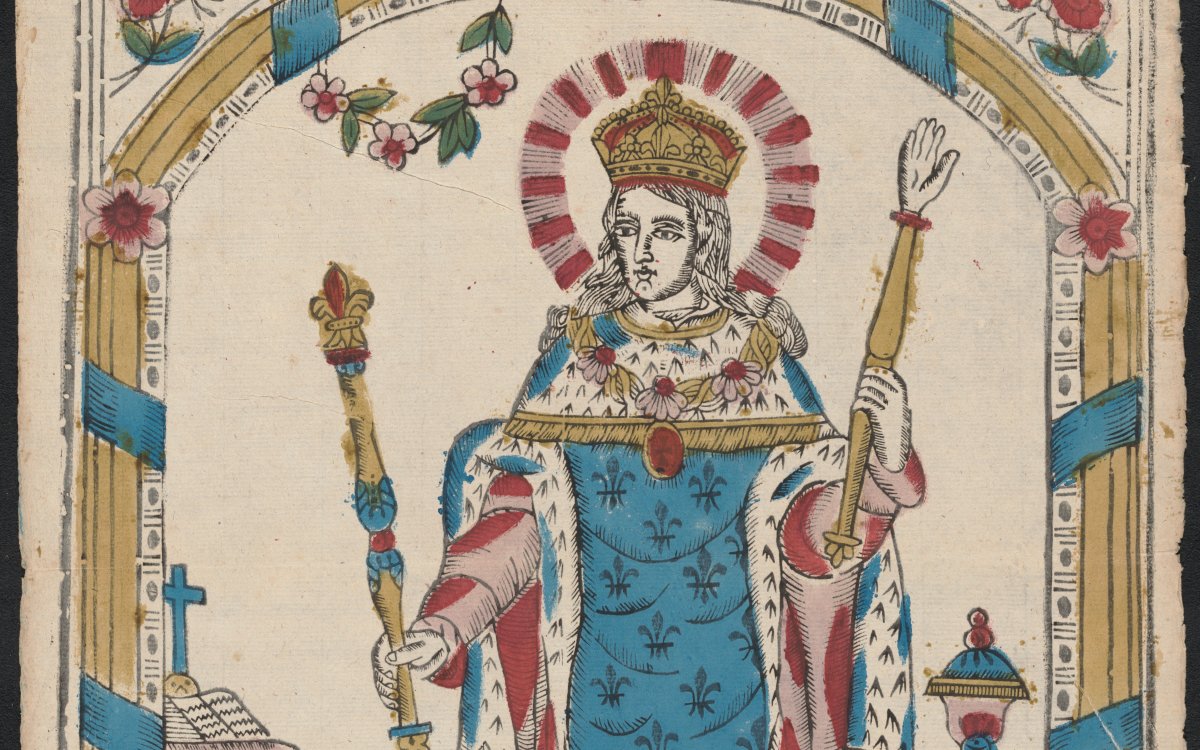
PIC MSR 14/8/2 #PIC/14340/1-51-Early Flemish, German, Italian, Spanish, French woodcuts, http://nla.gov.au/nla.obj-2902124601
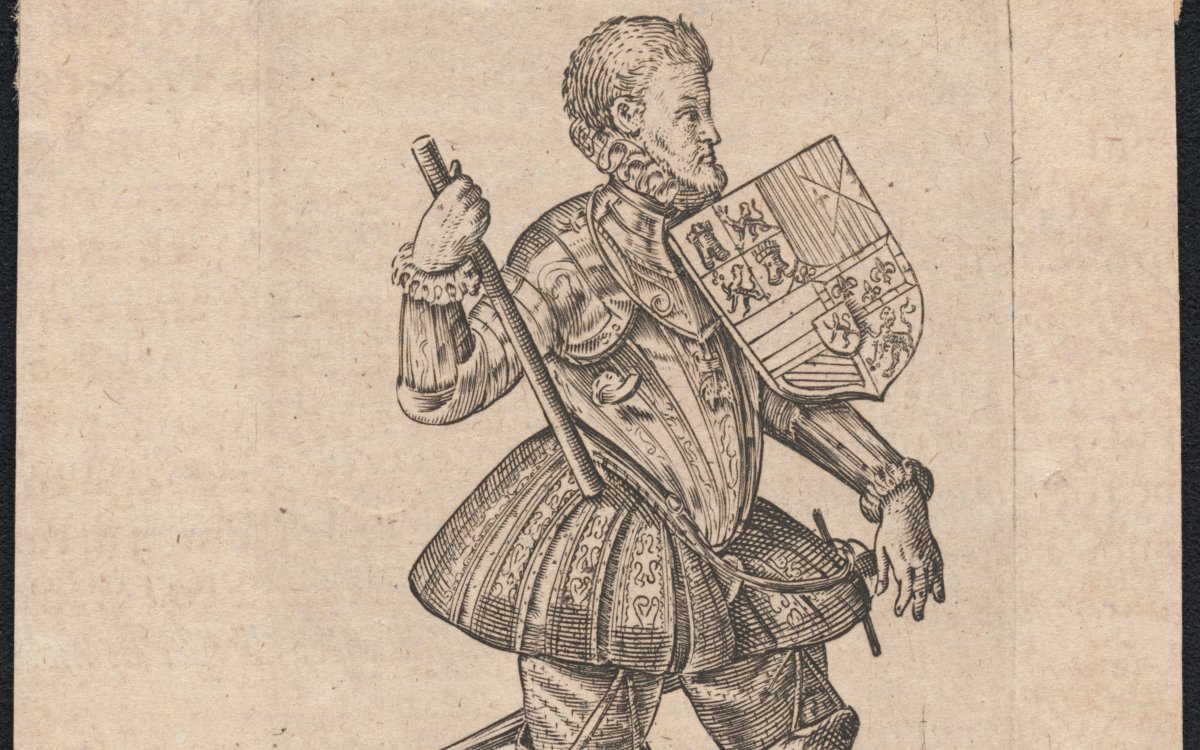
Matham, Adriaen Jacobz, 1599-1660. (1620). Filippo III passo in questo mentre alla Corona ... [picture] / Adrianus Matham sculpsit 1620. http://nla.gov.au/nla.obj-136050184
The monarch was the highest authority in the kingdom, with ultimate political, economic and military power.
For most of the Medieval period, the ruling monarchs of most European societies were men. The role of monarch was hereditary, being usually passed down from father to son but sometimes to a brother, nephew or grandson.
Inheritance and succession were very important issues for the rulers of Medieval societies. There were (and still are) many laws and systems in place that say who can inherit what. During the Medieval period a system known as agnatic primogeniture was favoured by many kingdoms. Agnatic primogeniture means that the first-born or eldest surviving son inherits the title of his father. This often meant that kings were under a lot of pressure to have children, particularly sons. Without a son, a king’s nephew, brother, or uncle may try to claim to the throne, often by force.
This system is still used today in some countries. Japan, Morocco and Oman still practise agnatic primogeniture. Since 1980, many European countries have amended their constitutions to adopt a system of absolute primogeniture, meaning the first-born or eldest surviving child may inherit the throne. Sweden, the Netherlands and the United Kingdom, among others, have adopted this system.
Inheritance and succession were very important issues for the rulers of Medieval societies. There were (and still are) many laws and systems in place that say who can inherit what. During the Medieval period a system known as agnatic primogeniture was favoured by many kingdoms. Agnatic primogeniture means that the first-born or eldest surviving son inherits the title of his father. This often meant that kings were under a lot of pressure to have children, particularly sons. Without a son, a king’s nephew, brother, or uncle may try to claim to the throne, often by force.
This system is still used today in some countries. Japan, Morocco and Oman still practise agnatic primogeniture. Since 1980, many European countries have amended their constitutions to adopt a system of absolute primogeniture, meaning the first-born or eldest surviving child may inherit the throne. Sweden, the Netherlands and the United Kingdom, among others, have adopted this system.
While the medieval world was one in which men were favoured for political power, many woman have occupied powerful and influential positions in many countries. Some because of who they married, some because of their family, some chose force, and some were thrust into power reluctantly.
In a woodblock print from 1594, Isabella II of Castille is shown on the right-hand side. Isabella ruled alongside her husband Ferdinand II of Aragon. They were the first rulers to use the titles King and Queen of Spain. This image shows the King and Queen farewelling Christopher Columbus. Queen Isabella personally sponsored Christopher Columbus, a sailor and explorer, to find a shorter passage to India. He did not find a shorter passage; instead, he reached the Caribbean, which started the European Age of Exploration and the colonisation of the Americas.
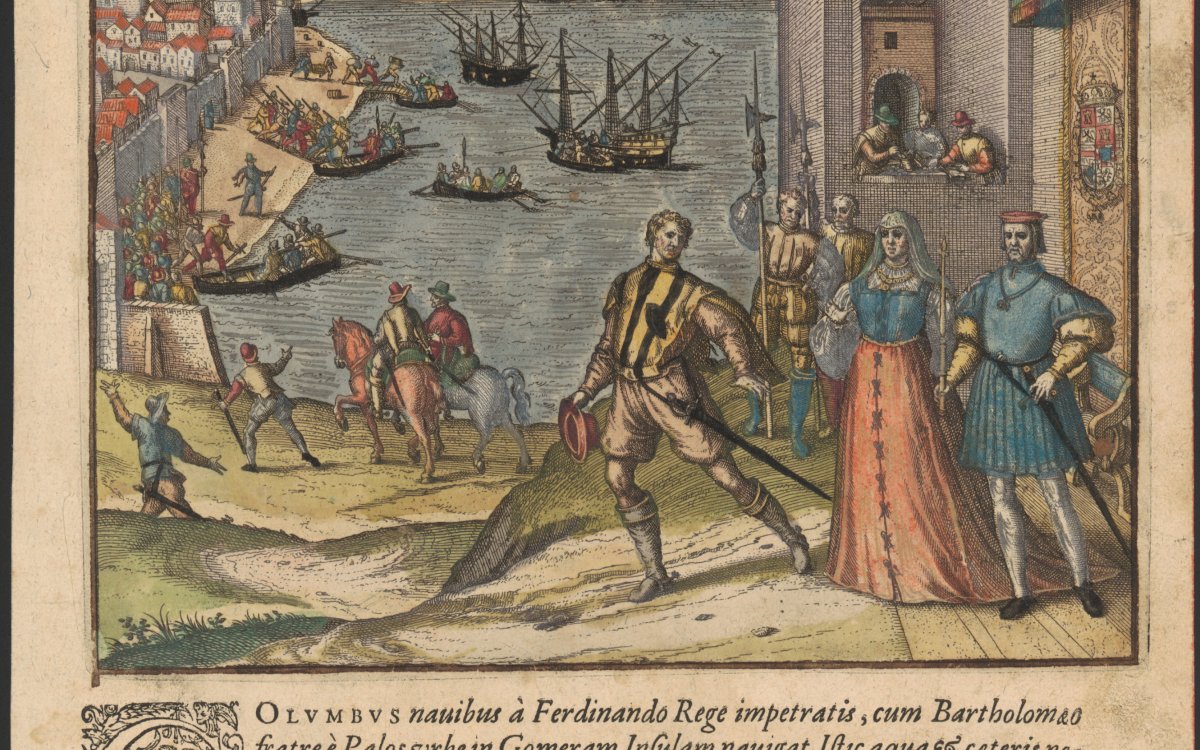
(1594). Prima Columbi in Indiam navigatio, anno 1492 [picture]. http://nla.gov.au/nla.obj-136022392
In a monarchy, a female ruler who reigns alongside her husband is called a Queen or Empress Consort. She holds the same titles and social rank as her husband but does not usually have the same political power held by her husband.
A female monarch who rules in her own right is called a Queen or Empress Regnant. In this situation, it is the Queen who holds supreme political power. Even if she is married, she outranks her husband politically.
A recent example of this situation is the late Queen Elizabeth II (1926-2022). Elizabeth II inherited the throne as the eldest child of King George VI (1895-1952) and Elizabeth Bowes-Lyon, the Queen Consort (1900-2002). Even though Elizabeth II was married to Prince Phillip of Greece and Denmark (1921-2021), he did not hold the title of King or have any political power under the constitution. He held the title of the Prince Consort. In contrast, the eldest child of Elizabeth II and Philip, Duke of Edinburgh inherited the throne in 2022 and became King Charles III. His wife, Camilla, holds the title of Queen Consort but holds no political power under the constitution.
In a monarchy, a female ruler who reigns alongside her husband is called a Queen or Empress Consort. She holds the same titles and social rank as her husband but does not usually have the same political power held by her husband.
A female monarch who rules in her own right is called a Queen or Empress Regnant. In this situation, it is the Queen who holds supreme political power. Even if she is married, she outranks her husband politically.
A recent example of this situation is the late Queen Elizabeth II (1926-2022). Elizabeth II inherited the throne as the eldest child of King George VI (1895-1952) and Elizabeth Bowes-Lyon, the Queen Consort (1900-2002). Even though Elizabeth II was married to Prince Phillip of Greece and Denmark (1921-2021), he did not hold the title of King or have any political power under the constitution. He held the title of the Prince Consort. In contrast, the eldest child of Elizabeth II and Philip, Duke of Edinburgh inherited the throne in 2022 and became King Charles III. His wife, Camilla, holds the title of Queen Consort but holds no political power under the constitution.
In contrast to Isabella II, who ruled together with her husband, Elizabeth I ruled England in her own right and famously never married. As the daughter of Henry VIII and his second wife, Anne Boleyn, Elizabeth had an older sister, Mary, and a younger brother, Edward. Edward inherited the throne following the death of King Henry VIII, but he was young and very sickly. Edward ruled for six years before he died at the age of 15. Elizabeth’s older sister Mary took the throne and became the first known queen to rule England in her own right. Mary ruled from 1553 until 1558, when she died during an influenza epidemic.
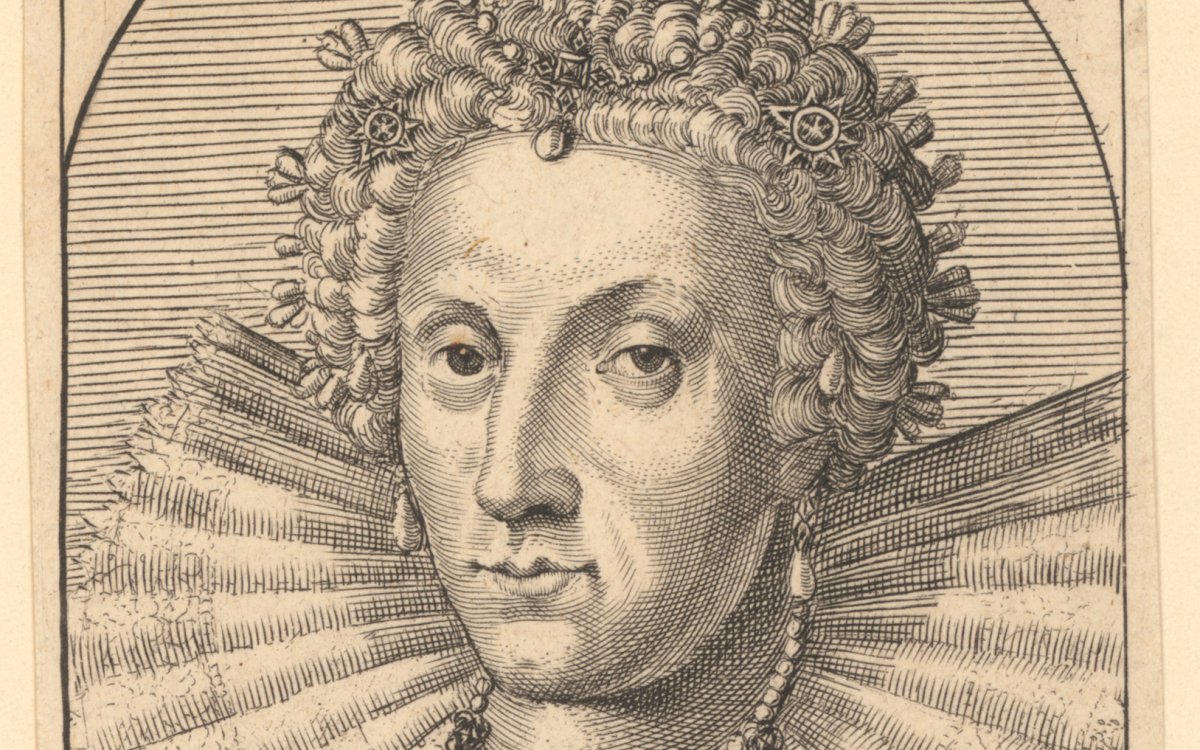
(1600). Elisabetha, D.G. Angliae, Franciae et Hiberniae Regina [picture]. http://nla.gov.au/nla.obj-136050569
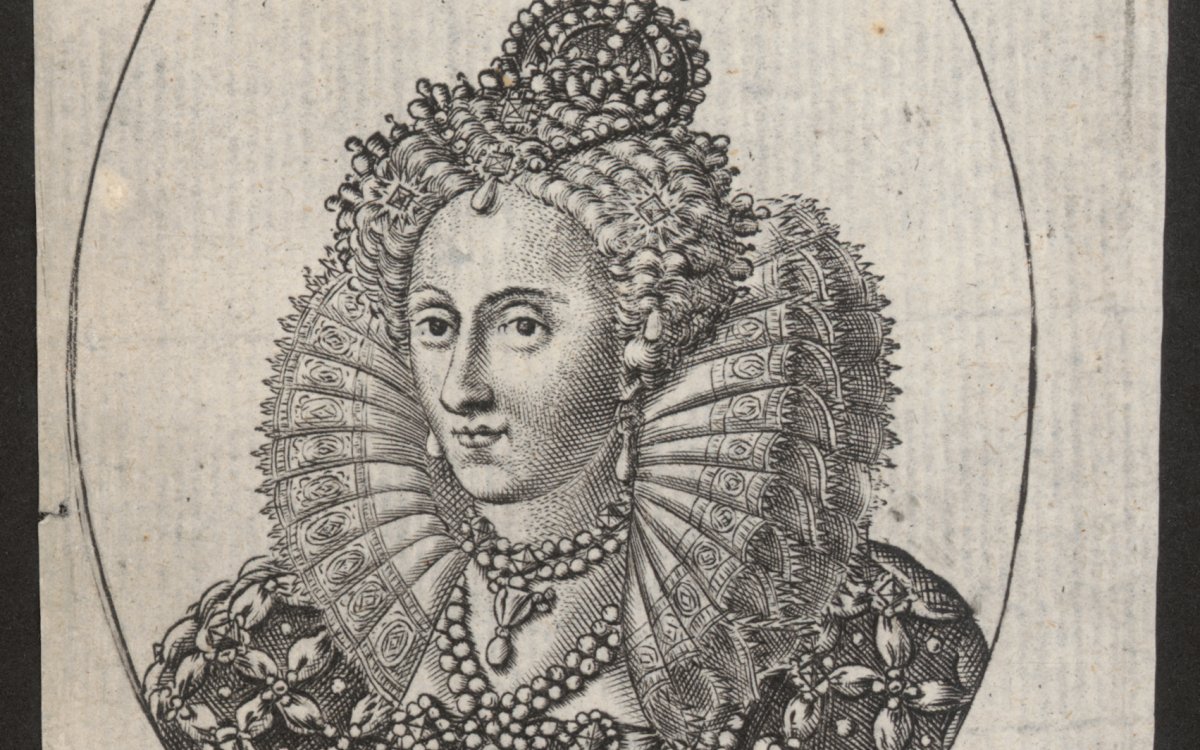
(1600). Elizabetha D.G. Regina Ang. Fran. et Hib. [picture]. http://nla.gov.au/nla.obj-136050723
As Mary had no children, Elizabeth I was next in line for the throne; she became Queen of England and Ireland in 1558 and ruled for 44 years until her death in 1603. Despite several wars with other major European powers, Elizabeth’s reign was a time of great expansion and stability for England. Her time on the throne is often referred to as the Elizabethan Era.
The monarchs of Medieval societies were expected to be just and pious rulers who protected their people and country. They were also expected to act in accordance with the teachings of the church and be an example to follow.
Many Medieval monarchs, however, are remembered for their cruelty, lack of political skill and poor judgement. The records are littered with names such as Louis XI the Cruel (France), Indulf the Aggressor (Scotland), Uros V the Weak (Serbia) and Ivaylo the Cabbage (Bulgaria).
Activities
- The feudal system relied on a complex system of service and responsibility where everyone had a role to play.
- Compare the Medieval system of feudalism to the current structure of society.
- How is it the same?
- How is it different?
- What rights and responsibilities can people rely on today?
- How could the current system be improved?
- Compare the Medieval system of feudalism to the current structure of society.
- The nobility of Medieval Europe identified themselves and their family using coats of arms. Each set of arms was different and included symbols, colours and images relating to that family.
- Have students create a personal coat of arms, flag, or banner, drawing from historical examples for inspiration. Here are some modern and historical coat of arms from the Library’s collection.
- Have students include imagery and symbols that reflect them, their personality, their heritage and their beliefs.
- Students do not need to follow any rules for this exercise. However, there are many online resources that give meanings to different colours and symbols on a coat of arms. For example: the Department of the Prime Minister and Cabinet details the Commonwealth Coat of Arms on their website.
- Have students create a personal coat of arms, flag, or banner, drawing from historical examples for inspiration. Here are some modern and historical coat of arms from the Library’s collection.
- The life of a Medieval peasant was not always pleasant. The hours were long, food was not guaranteed, and winters were cold.
- Have the students write a letter in which they attempt to persuade the monarch to help make their lives easier.
- What do they want to happen?
- What benefits will there be?
- What will happen if things don’t improve?
- What role can the monarch play in this?
- Have the students write a letter in which they attempt to persuade the monarch to help make their lives easier.
- Create a profile for an influential or person of note from any country in Europe from the Medieval period. Some possible ideas when searching for a person:
- There are women who rose to prominence and had great influence during this time despite a system that preferred men in positions of power.
- A notable person does not have to be a monarch or a noble. Some influential people during this time were merchants, craftspeople, scientists or teachers.
- When and where did they live? What did they do that was notable? How did they get to where they are?
